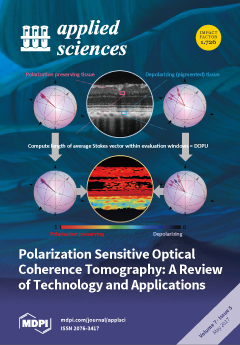Open AccessArticle
Probing Dynamics in Colloidal Crystals with Pump-Probe Experiments at LCLS: Methodology and Analysis
by
Nastasia Mukharamova, Sergey Lazarev, Janne-Mieke Meijer, Matthieu Chollet, Andrej Singer, Ruslan P. Kurta, Dmitry Dzhigaev, Oleg Yu. Gorobtsov, Garth Williams, Diling Zhu, Yiping Feng, Marcin Sikorski, Sanghoon Song, Anatoly G. Shabalin, Tatiana Gurieva, Elena A. Sulyanova, Oleksandr M. Yefanov and Ivan A. Vartanyants
Cited by 4 | Viewed by 5922
Abstract
We present results of the studies of dynamics in colloidal crystals performed by pump-probe experiments using an X-ray free-electron laser (XFEL). Colloidal crystals were pumped with an infrared laser at a wavelength of 800 nm with varying power and probed by XFEL pulses
[...] Read more.
We present results of the studies of dynamics in colloidal crystals performed by pump-probe experiments using an X-ray free-electron laser (XFEL). Colloidal crystals were pumped with an infrared laser at a wavelength of 800 nm with varying power and probed by XFEL pulses at an energy of 8 keV with a time delay up to 1000 ps. The positions of the Bragg peaks, and their radial and azimuthal widths were analyzed as a function of the time delay. The spectral analysis of the data did not reveal significant enhancement of frequencies expected in this experiment. This allowed us to conclude that the amplitude of vibrational modes excited in colloidal crystals was less than the systematic error caused by the noise level.
Full article
►▼
Show Figures





